This would be great so we can just read or watch movies while on a road trip 😃 Incentive to lessen air travel!
Nissan, BMW and GM have shown off self driving cars with spacious, adjustable interiors that are reminiscent of boutique hotels.

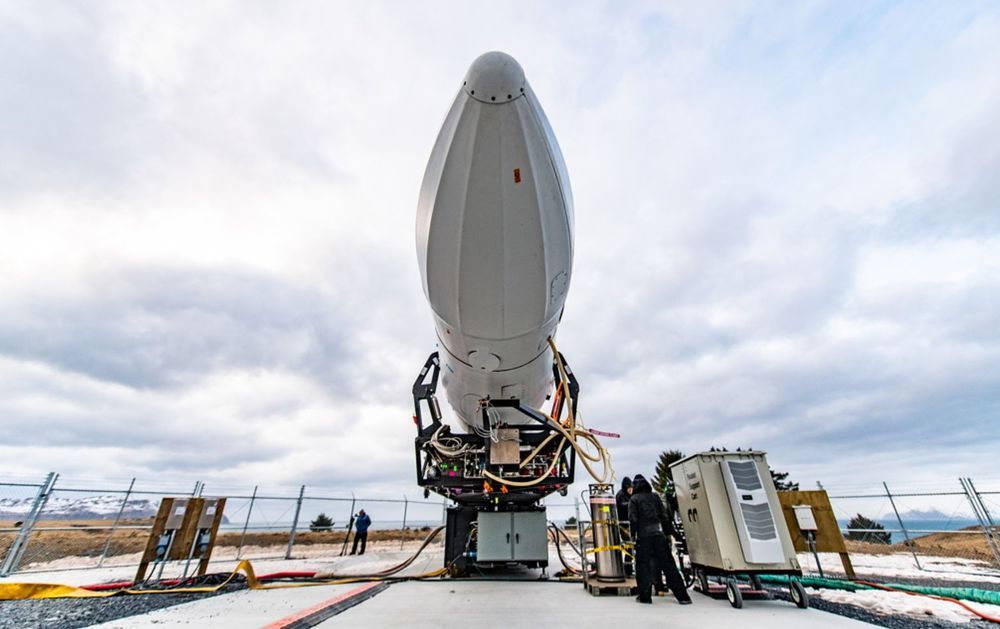
Astra and the Defense Advanced Research Projects Agency (DARPA) are readying for the first launch in a dual-mission “launch challenge”. Astra, the launch contractor, is currently conducting final preparations ahead of the launch of their Rocket 3.0 vehicle, nicknamed “1 of 3”. Both missions will launch from the Pacific Spaceport Complex – Alaska (PSCA) in Kodiak, Alaska. The first launch attempt is scheduled for 3:30 PM ET on February 27. The window stretches until March 1.
Astra and the DARPA launch challenge
Thursday’s launch will be the third for Astra, coming after two launches in July and November 2018. Both launched from the PSCA in Alaska. These were originally believed to be failures. However, Astra stated that the first was successful, and the second was only “shorter than planned”. Neither were designed to reach orbit, as they didn’t have functioning second stages.
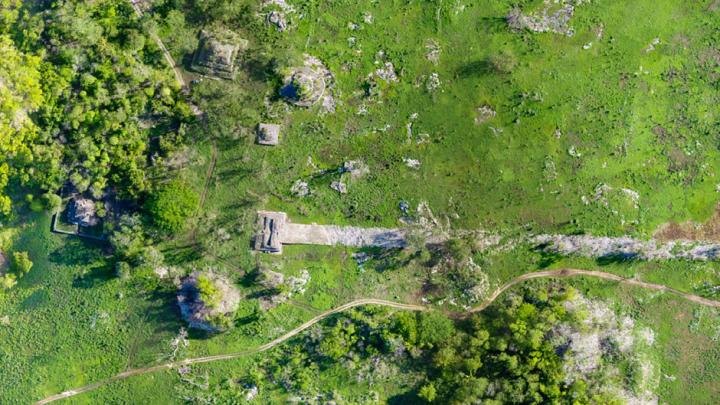
Archaeologists have used laser technology to map a 100-km (62-mile) Maya stone road that could have been built 1,300 years ago to help with the invasion of an isolated city in modern-day Mexico. The ancient highway is thought to have been constructed at the command of the warrior queen Lady K’awiil Ajaw, and would have been coated in white plaster.
The 26 ft (8 m)-wide road, also known as Sacbe 1 or White Road 1, stretches from the ancient city of Cobá – one of the greatest cities of the Maya world – to the distant, smaller settlement of Yaxuná, located in the Yucatan Peninsula.
Newly-published research has shed new light on the nature of Lady K’awiil Ajaw’s great road by making use of light detection and ranging, otherwise known as LiDAR technology. To take their measurements, the authors made use of an airborne LiDAR instrument, which beamed lasers at the surface as it passed over the ancient road.
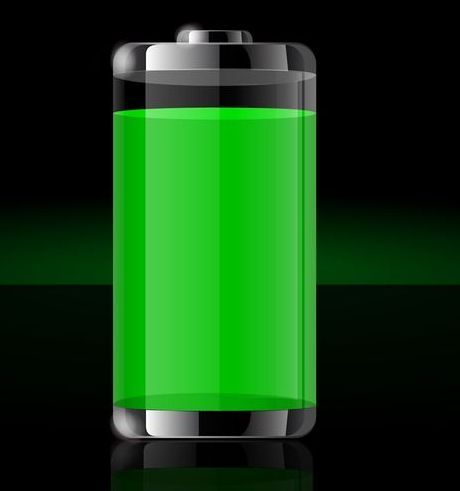
Electric vehicle batteries have improved considerably in recent years, but their limited ability to store energy still keeps many people from giving up their gas-burning cars. That may be about to change, though, as a new anode material is said to offer a whopping four-fold increase in capacity.
Batteries incorporate two electrodes – an anode and a cathode – which ions travel between through an electrolyte. Among other things, the capacity of a battery is affected by the amount of electrons that are able to build up in the anode.
Typically, those anodes are made of graphite. According to scientists at the Korea Institute of Science and Technology (KIST), silicon offers 10 times the energy storage capacity of graphite, but it has one major disadvantage as an anode material – it swells up during the charge/discharge cycle, causing its surface to crack and its capacity to thus drop drastically.

Waiting in a service station waiting room purgatory one day, Victor Darolfi had a simple thought. “I sat at America’s Tires for three hours and thought, hey, we use robots to put tires on at the factory,” the founder explains. “Why don’t we bring robots into the service industry?”
The notion was the first seed behind RoboTire, the Bay Area-based robotics company, which the former Spark Robotics CEO founded in October 2018. Now ready to come out of stealth as part of the latest batch of Y Combinator startups, RoboTire has already generated interest in the industry for its ability to change car tires in a fraction of the time of most mechanics.
“We can do a set of four tires, put in to pull out, in 10 minutes,” Darolfi explains. “It normally takes about 60 minutes for a human operator to do a set of four. Some can go faster, but they really can’t do that eight hours a day.”
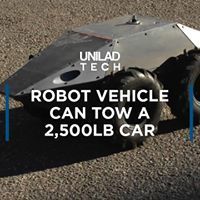
Thanks to the Mega Hurtz, you can move vehicles without lifting a finger! 😎 🚘.
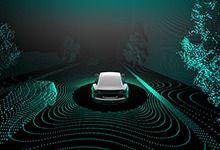
The sophistication of autonomous systems currently being developed across various domains and industries has markedly increased in recent years, due in large part to advances in computing, modeling, sensing, and other technologies. While much of the technology that has enabled this technical revolution has moved forward expeditiously, formal safety assurances for these systems still lag behind. This is largely due to their reliance on data-driven machine learning (ML) technologies, which are inherently unpredictable and lack the necessary mathematical framework to provide guarantees on correctness. Without assurances, trust in any learning enabled cyber physical system’s (LE-CPS’s) safety and correct operation is limited, impeding their broad deployment and adoption for critical defense situations or capabilities.
To address this challenge, DARPA’s Assured Autonomy program is working to provide continual assurance of an LE-CPS’s safety and functional correctness, both at the time of its design and while operational. The program is developing mathematically verifiable approaches and tools that can be applied to different types and applications of data-driven ML algorithms in these systems to enhance their autonomy and assure they are achieving an acceptable level of safety. To help ground the research objectives, the program is prioritizing challenge problems in the defense-relevant autonomous vehicle space, specifically related to air, land, and underwater platforms.
The first phase of the Assured Autonomy program recently concluded. To assess the technologies in development, research teams integrated them into a small number of autonomous demonstration systems and evaluated each against various defense-relevant challenges. After 18 months of research and development on the assurance methods, tools, and learning enabled capabilities (LECs), the program is exhibiting early signs of progress.
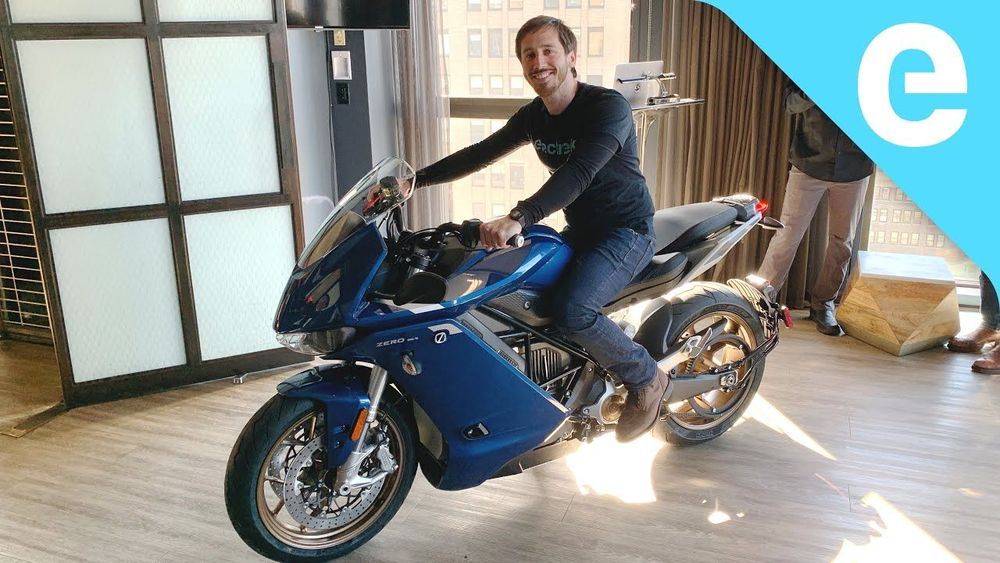
Last year we ogled the Newron EV-1 electric motorcycle upon its debut, but questioned whether it would ever make it to market. As of today though, the company has ended speculation by opening pre-orders for the highly unique, wooden-bodied electric motorcycle.
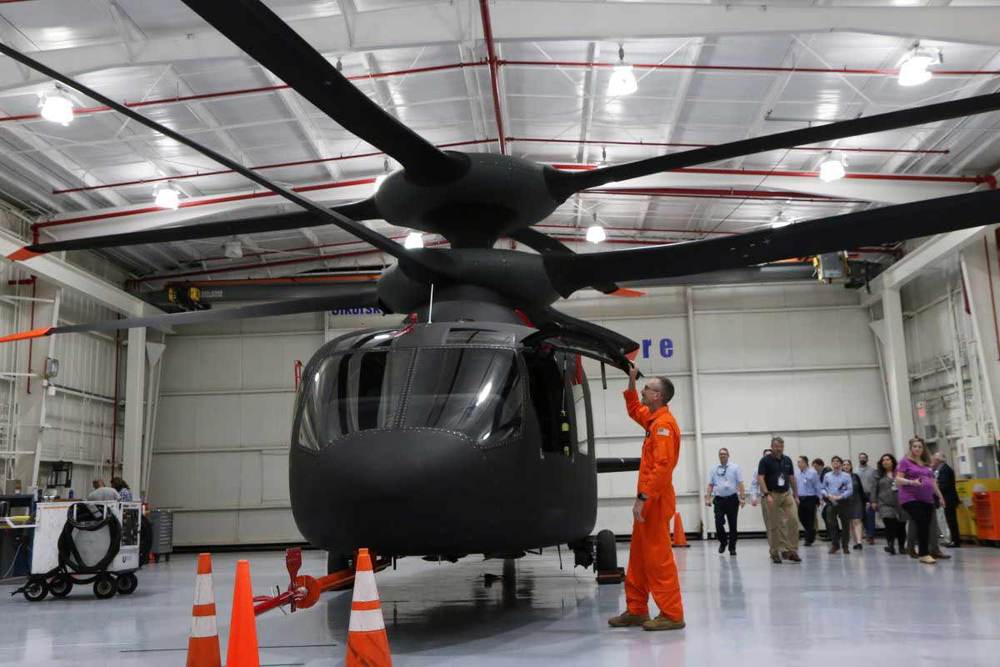
Related: Sikorsky-Boeing’s SB-1 Defiant Helicopter Prototype Impresses Leaders in Demo
Defiant strikes an intimidating silhouette with its prominent X2 technology, which features a coaxial rotor system and a large rear propeller that replaces the tail rotor found on conventional helicopters.
Sikorsky-Boeing officials said the new aircraft design will be capable of flying at speeds of more than 200 knots, or 230 miles per hour, and maneuvering like a fine-tuned sports car.
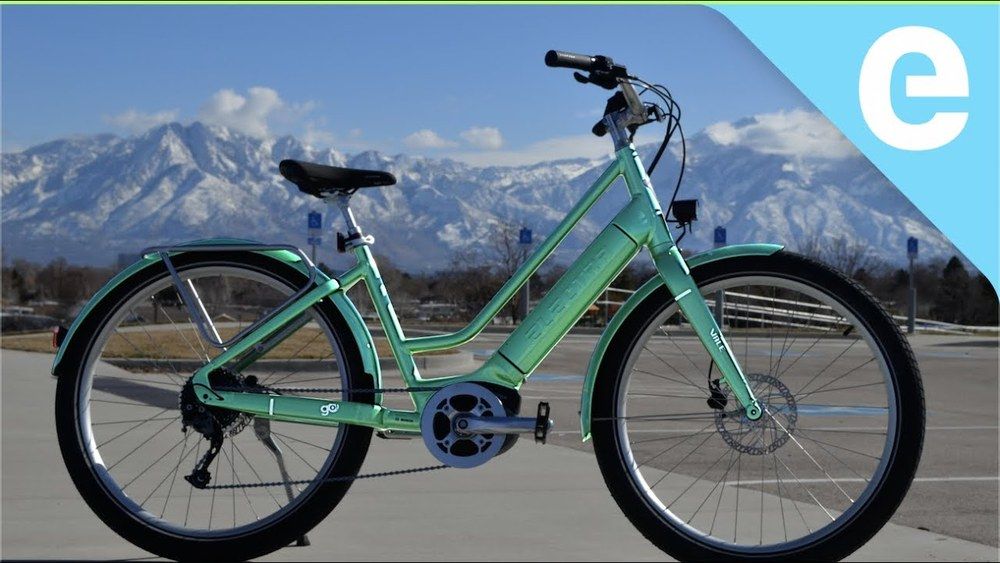
CEO Elon Musk congratulated the Tesla team after the Model 3 got 350 miles of range on a single charge in a new test on range mode.
Officially, Tesla Model 3 Long Range had a range of 310 miles on a single charge, but Tesla has found some optimizations in recent months – leading to an increase of EPA-rated range to 322 miles.
Now Consumer Reports conducted its own test of the car – confirming the EPA rating.